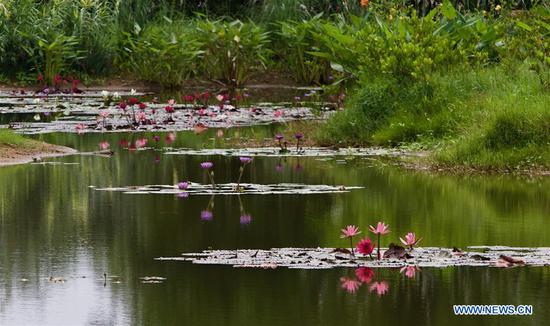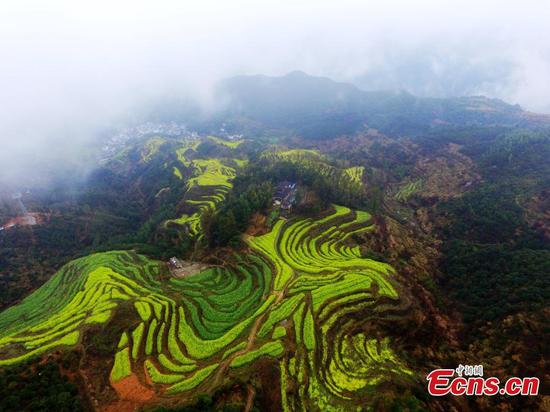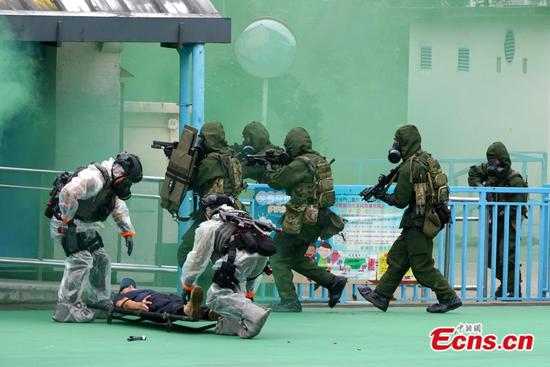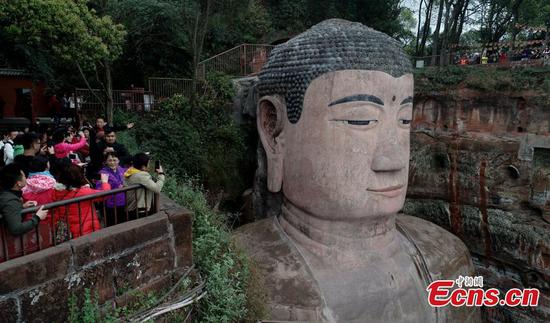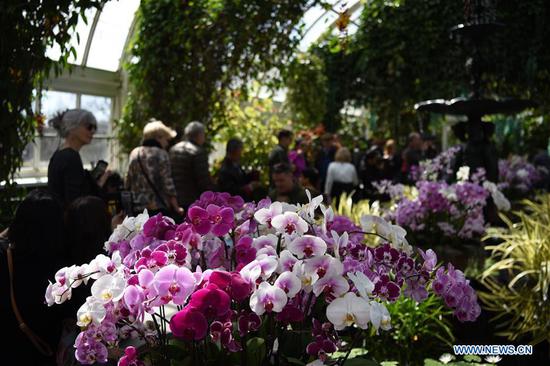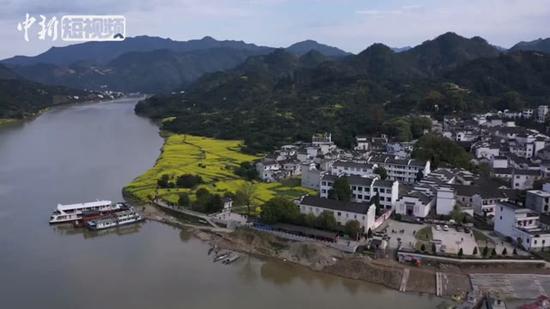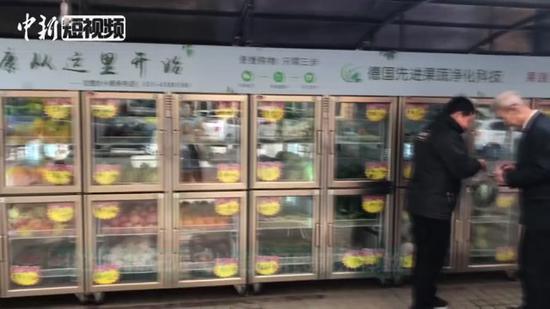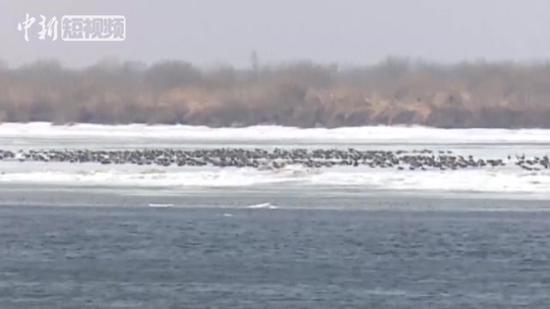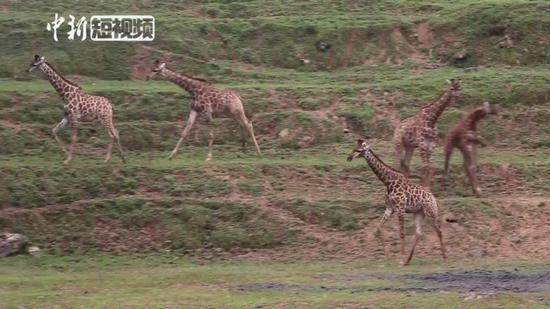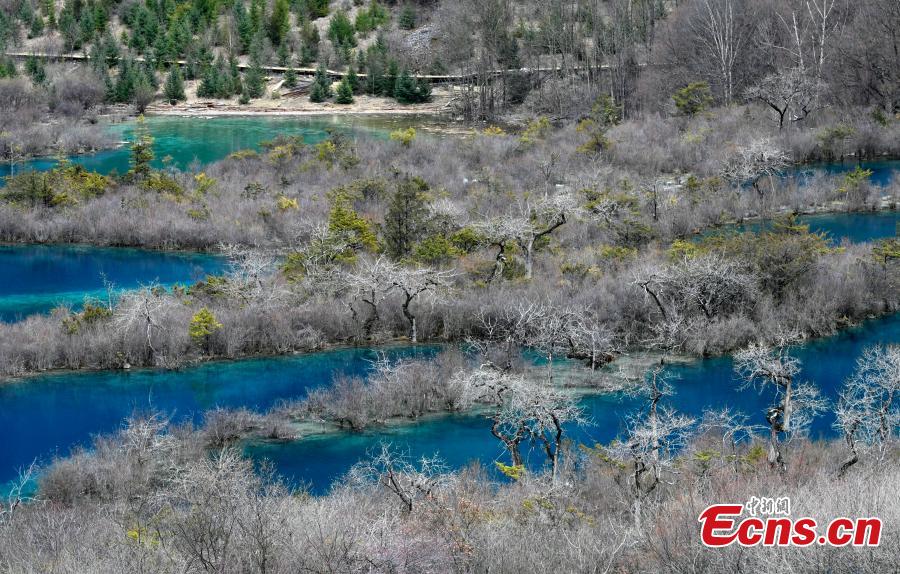
Snow and ice begin to melt as spring arrives in the Jiuzhaigou Valley Scenic Area in Sichuan Province, a UNESCO world heritage site, March 25, 2019. Jiuzhaigou, which literally means "nine-settlement valley", is named for the nine Tibetan settlements located in the mountain valley in Aba on the eastern edge of the Qinghai-Tibet Plateau. Visitors are drawn to the region's 108 clear alpine lakes as well as Tibetan and Qiang culture. (Photo: China News Service/An Yuan)
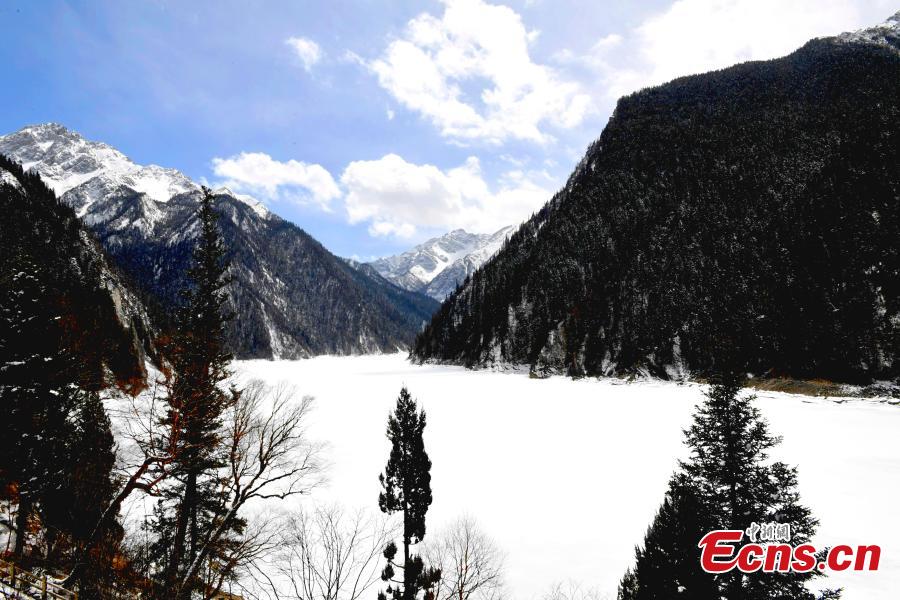
Snow and ice begin to melt as spring arrives in the Jiuzhaigou Valley Scenic Area in Sichuan Province, a UNESCO world heritage site, March 25, 2019. Jiuzhaigou, which literally means "nine-settlement valley", is named for the nine Tibetan settlements located in the mountain valley in Aba on the eastern edge of the Qinghai-Tibet Plateau. Visitors are drawn to the region's 108 clear alpine lakes as well as Tibetan and Qiang culture. (Photo: China News Service/An Yuan)
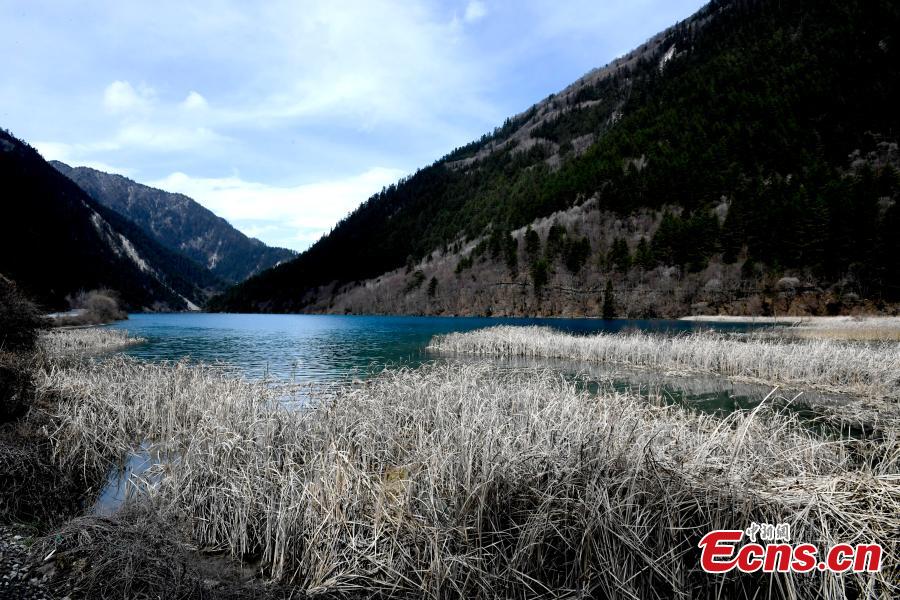
Snow and ice begin to melt as spring arrives in the Jiuzhaigou Valley Scenic Area in Sichuan Province, a UNESCO world heritage site, March 25, 2019. Jiuzhaigou, which literally means "nine-settlement valley", is named for the nine Tibetan settlements located in the mountain valley in Aba on the eastern edge of the Qinghai-Tibet Plateau. Visitors are drawn to the region's 108 clear alpine lakes as well as Tibetan and Qiang culture. (Photo: China News Service/An Yuan)
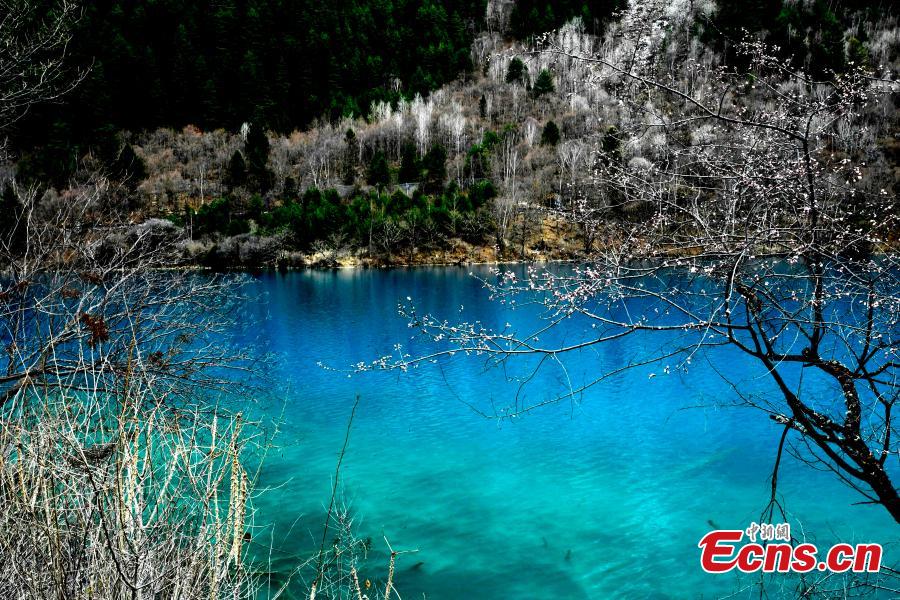
Snow and ice begin to melt as spring arrives in the Jiuzhaigou Valley Scenic Area in Sichuan Province, a UNESCO world heritage site, March 25, 2019. Jiuzhaigou, which literally means "nine-settlement valley", is named for the nine Tibetan settlements located in the mountain valley in Aba on the eastern edge of the Qinghai-Tibet Plateau. Visitors are drawn to the region's 108 clear alpine lakes as well as Tibetan and Qiang culture. (Photo: China News Service/An Yuan)
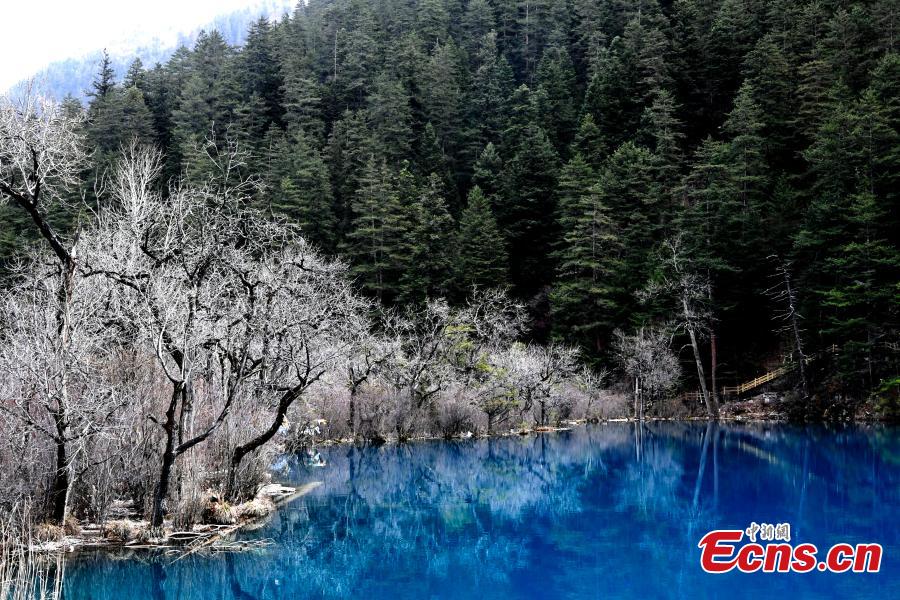
Snow and ice begin to melt as spring arrives in the Jiuzhaigou Valley Scenic Area in Sichuan Province, a UNESCO world heritage site, March 25, 2019. Jiuzhaigou, which literally means "nine-settlement valley", is named for the nine Tibetan settlements located in the mountain valley in Aba on the eastern edge of the Qinghai-Tibet Plateau. Visitors are drawn to the region's 108 clear alpine lakes as well as Tibetan and Qiang culture. (Photo: China News Service/An Yuan)
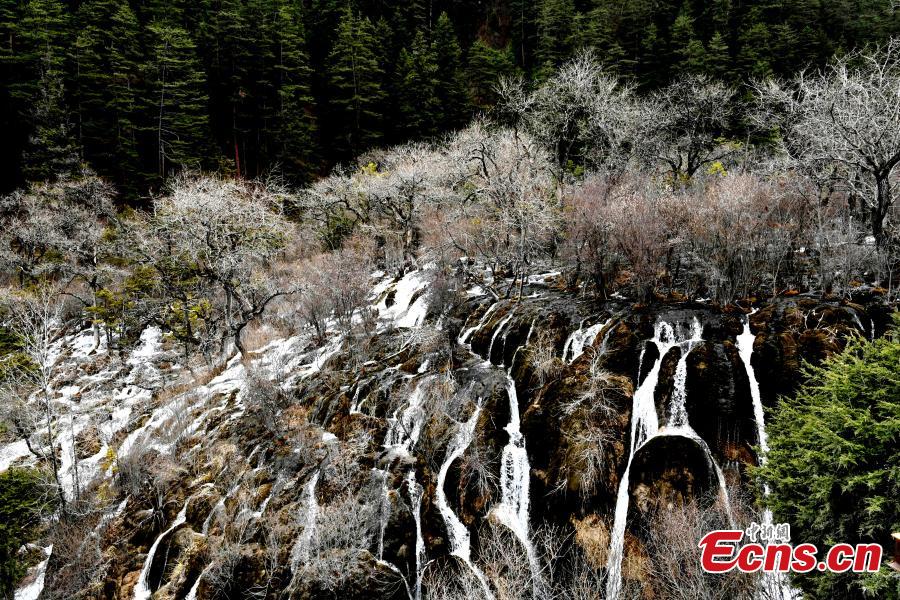
Snow and ice begin to melt as spring arrives in the Jiuzhaigou Valley Scenic Area in Sichuan Province, a UNESCO world heritage site, March 25, 2019. Jiuzhaigou, which literally means "nine-settlement valley", is named for the nine Tibetan settlements located in the mountain valley in Aba on the eastern edge of the Qinghai-Tibet Plateau. Visitors are drawn to the region's 108 clear alpine lakes as well as Tibetan and Qiang culture. (Photo: China News Service/An Yuan)
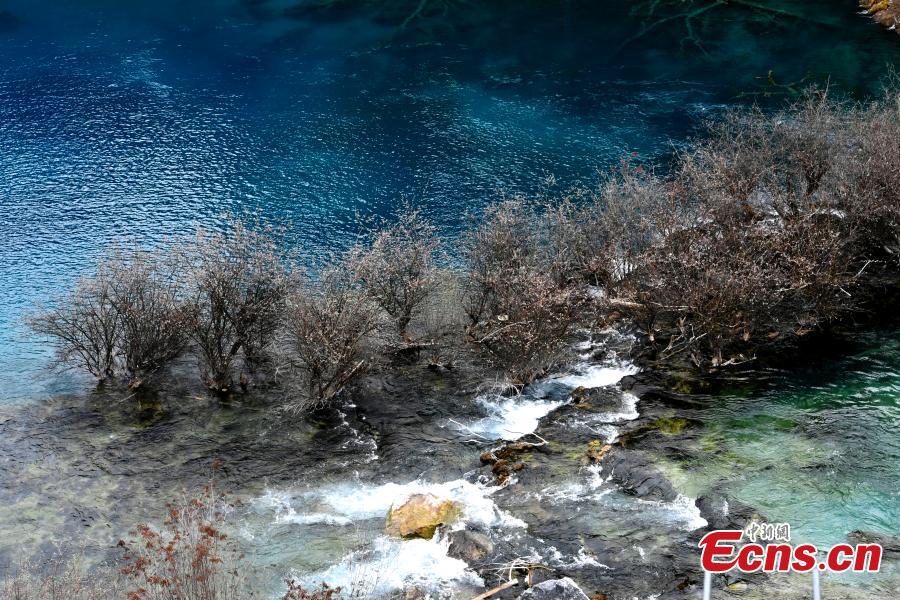
Snow and ice begin to melt as spring arrives in the Jiuzhaigou Valley Scenic Area in Sichuan Province, a UNESCO world heritage site, March 25, 2019. Jiuzhaigou, which literally means "nine-settlement valley", is named for the nine Tibetan settlements located in the mountain valley in Aba on the eastern edge of the Qinghai-Tibet Plateau. Visitors are drawn to the region's 108 clear alpine lakes as well as Tibetan and Qiang culture. (Photo: China News Service/An Yuan)
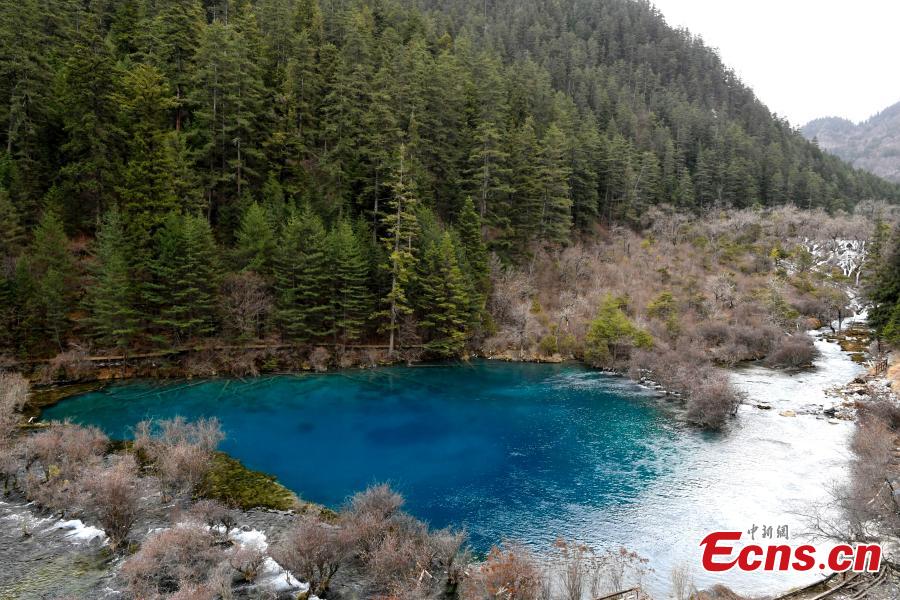
Snow and ice begin to melt as spring arrives in the Jiuzhaigou Valley Scenic Area in Sichuan Province, a UNESCO world heritage site, March 25, 2019. Jiuzhaigou, which literally means "nine-settlement valley", is named for the nine Tibetan settlements located in the mountain valley in Aba on the eastern edge of the Qinghai-Tibet Plateau. Visitors are drawn to the region's 108 clear alpine lakes as well as Tibetan and Qiang culture. (Photo: China News Service/An Yuan)










